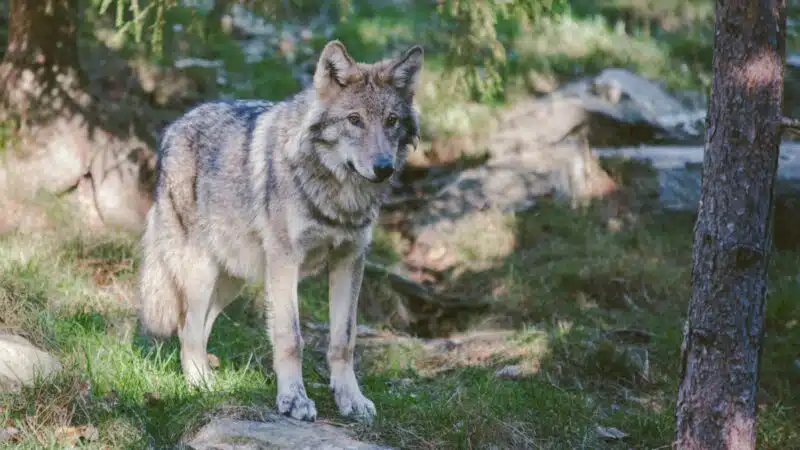The ocean, with its vastness and mystery, is home to a fascinating array of life forms, many of which have developed unique survival strategies. Among the most captivating adaptations is pack hunting—an intuitive, coordinated effort to capture prey. From majestic whales to swift dolphins, numerous marine species exhibit this remarkable behavior. This article explores twelve marine animals known for their pack-hunting prowess, revealing the complexities and marvels of life beneath the waves.
Dolphins Masters of Cooperative Hunting
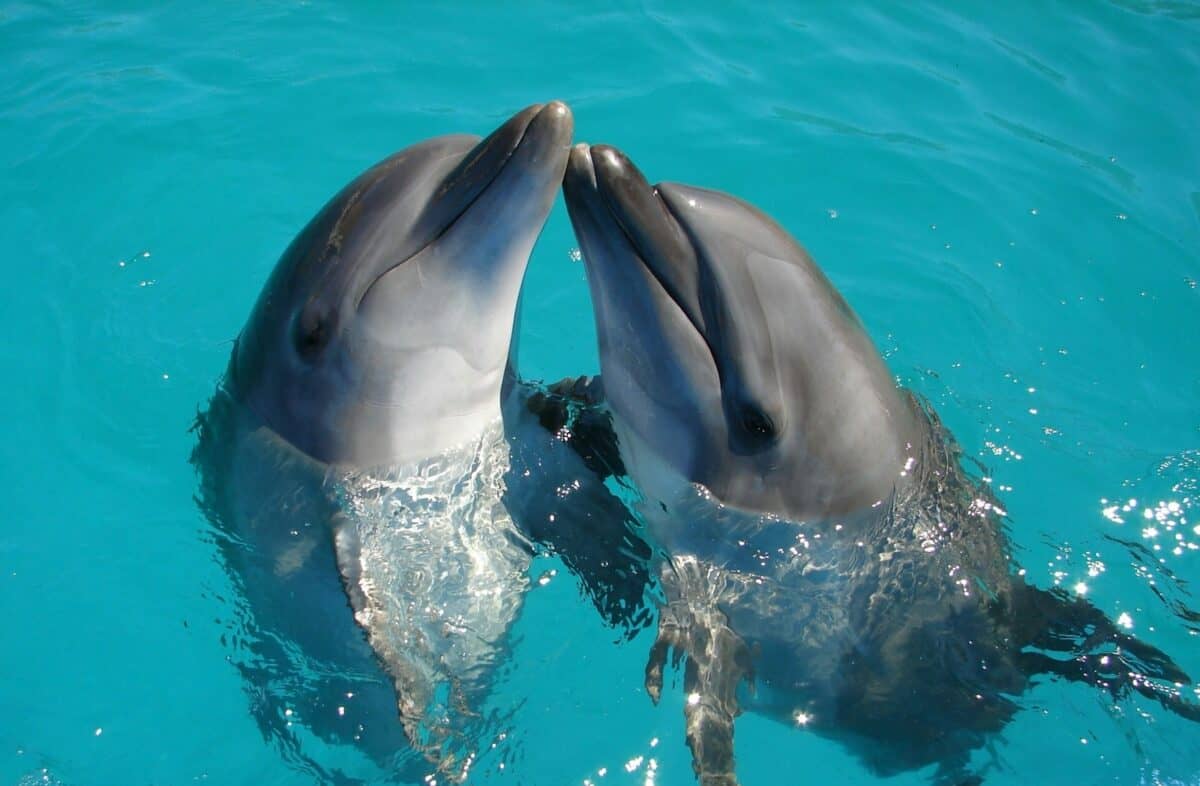
Dolphins are renowned for their intelligence and social behaviors, making them exceptional pack hunters. Working together, dolphins employ techniques like herding and corralling to isolate schools of fish. In some cultures, they even team up with human fishermen. This collaboration enhances the efficiency and success of their hunts, showcasing their adaptability and problem-solving skills.
Orcas The Apex Predators

Orcas, or killer whales, are at the top of the oceanic food chain. Their pack-hunting techniques vary according to their prey. Whether it’s seals in the Arctic or schools of fish in the open ocean, orcas demonstrate incredible coordination and communication skills. They utilize strategies such as wave-washing to unbalance seals on ice floes, highlighting their strategic hunting capabilities.
Humboldt Squid The Ruthless Swarmers
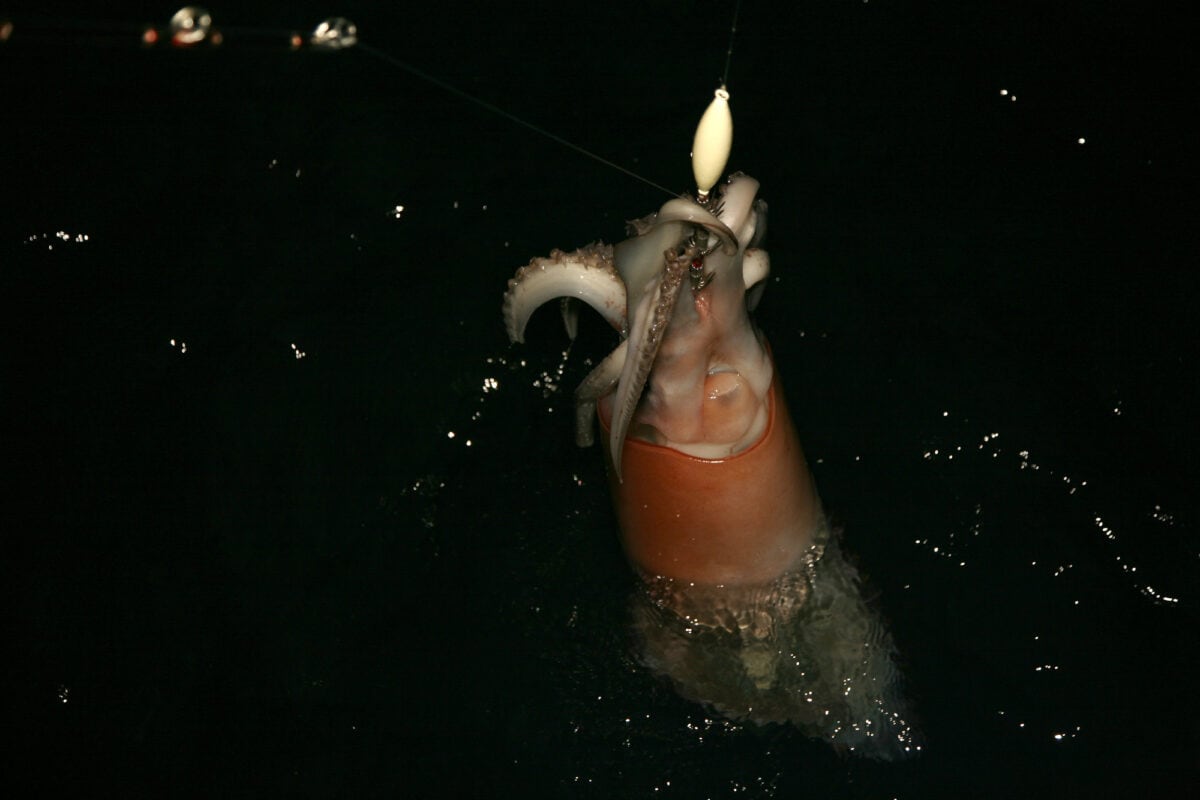
Though less charismatic than dolphins or orcas, Humboldt squid exhibit remarkable pack-hunting behavior. They congregate in large groups, often referred to as “swarms,” to hunt with precision and speed. These squids use their keen sensory organs to locate prey and communicate using rapid changes in skin coloration, ensuring a successful hunt.
Bottlenose Dolphins Collaborators in Chaos
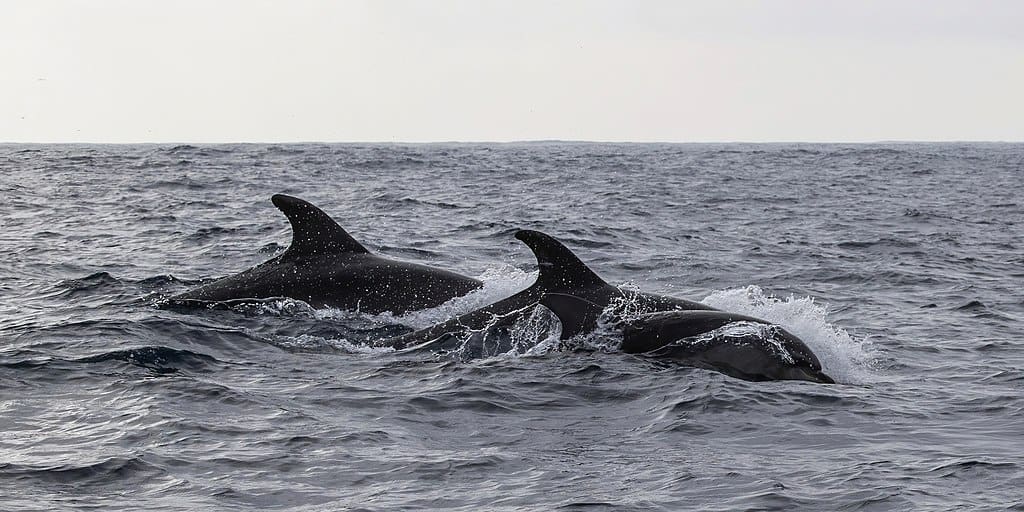
Among the most well-documented pack hunters, bottlenose dolphins use a method known as mud-ring feeding. This involves creating a circle of mud in shallow waters, trapping fish and making them easy targets. The sophistication of this technique highlights not only their collaborative hunting skills but also their complex social structures.
False Killer Whales The Relentless Pursuers

Despite their name and size, false killer whales are distinct from true orcas yet equally adept hunters. These social cetaceans often partner with bottlenose dolphins to hunt large fish and squid. Their dynamic and cooperative hunting methods demonstrate a formidable force in the marine ecosystem.
Sperm Whales The Deep Divers
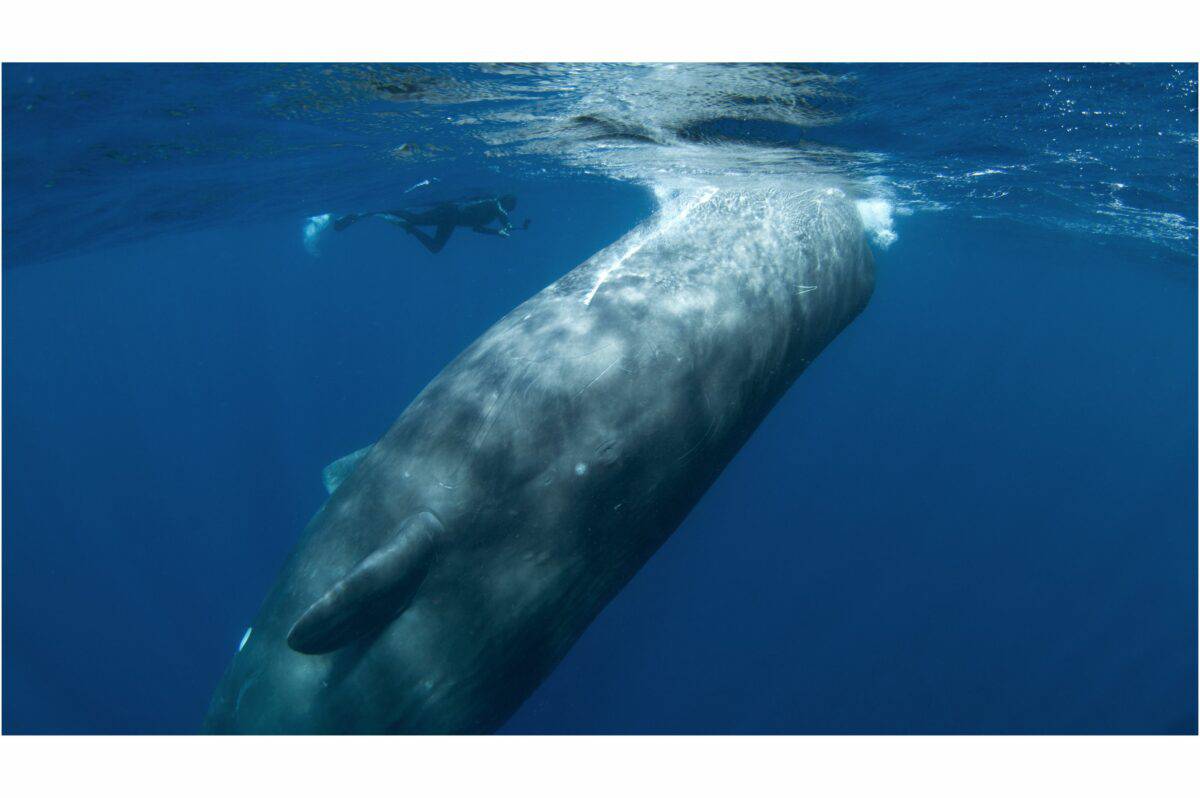
While typically solitary hunters, sperm whales sometimes form groups to hunt giant squid in the ocean’s depths. These mammals can dive over 2,000 meters, using echolocation to locate elusive prey. Working together, they enhance their ability to capture these massive cephalopods, demonstrating remarkable adaptability and teamwork.
Weddell Seals Ice-Hole Specialists
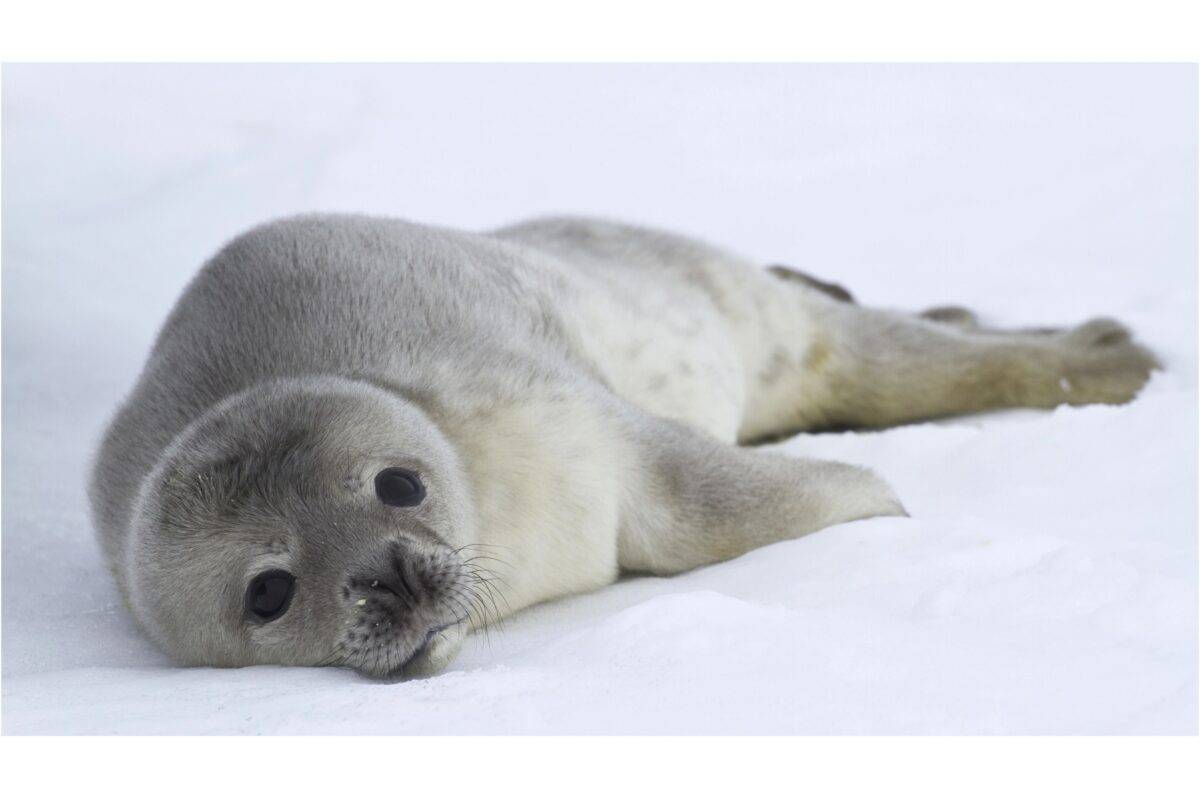
In the icy waters of Antarctica, Weddell seals exhibit pack-hunting behavior using ice holes to hunt. While not as structured as other species, their teamwork is crucial for survival. They share knowledge about ice hole locations, enabling them to efficiently hunt fish beneath the ice.
Gray Wolves of the Sea The Antarctic Fur Seals
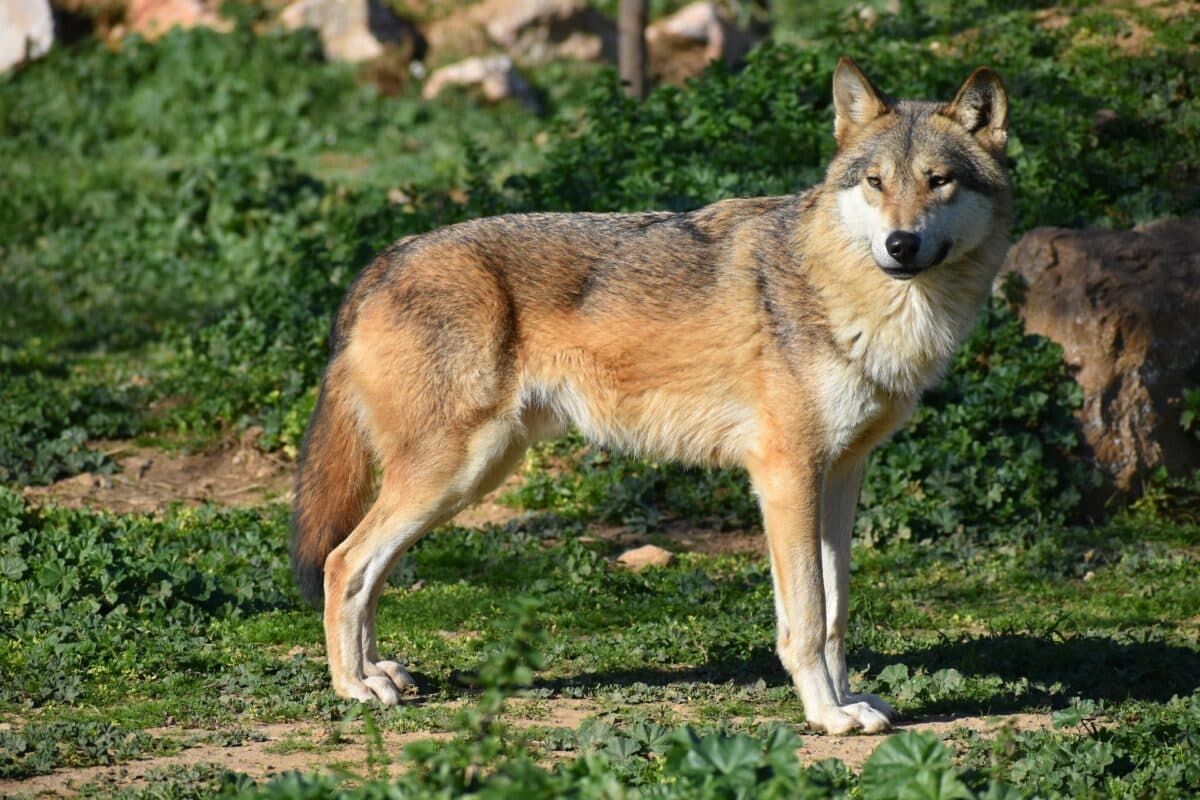
Antarctic fur seals often hunt in groups, particularly when targeting large schools of fish. This collaboration allows them to increase their hunting success rate, demonstrating a social structure akin to terrestrial predators like wolves. Their coordinated attacks highlight the evolutionary benefits of cooperation.
Sea Lions The Agile Coordinators

Sea lions are proficient pack hunters, often observed working together to herd fish into tight bait balls. Their agile movements in the water and the ability to communicate effectively make them successful predators. This cooperation maximizes their efficiency, ensuring ample food for the group.
Blue Whales The Gentle Giants

Although not traditionally seen as pack hunters, blue whales sometimes gather in small groups to feed. Utilizing their massive mouths, they engulf enormous quantities of krill. This communal feeding behavior is essential, as the sheer volume of food required for their survival is immense.
Giant Otters The Riverine Hunters

Though primarily river dwellers, giant otters are efficient pack hunters known for their coordination. Working in family groups, they hunt fish and small aquatic animals with remarkable precision and teamwork, demonstrating the effectiveness of cooperative hunting in different aquatic environments.
Barracudas The Ambush Coordinators

Barracudas are powerful predators and, at times, employ cooperative hunting strategies. In schools, they can surround their prey, such as smaller fish, launching simultaneous attacks. This behavior increases their hunting success and showcases their impressive adaptability as marine hunters.
Conclusion:

In conclusion, the marine world is filled with fascinating examples of pack hunting. These collaborative efforts underscore the complexity and intelligence of marine animals as they navigate their diverse habitats. Through cooperation, communication, and coordinated strategies, these marine hunters ensure their survival and demonstrate the wonder of life beneath the waves.
- 10 U.S. States Where You Are Likely to Spot a Wild Fox - August 18, 2025
- Salmon Swim Upstream for Miles to Lay Their Eggs But What Guides Them Home - August 18, 2025
- 9 Snakes That Love the Desert And 6 That Need Moisture - August 18, 2025

